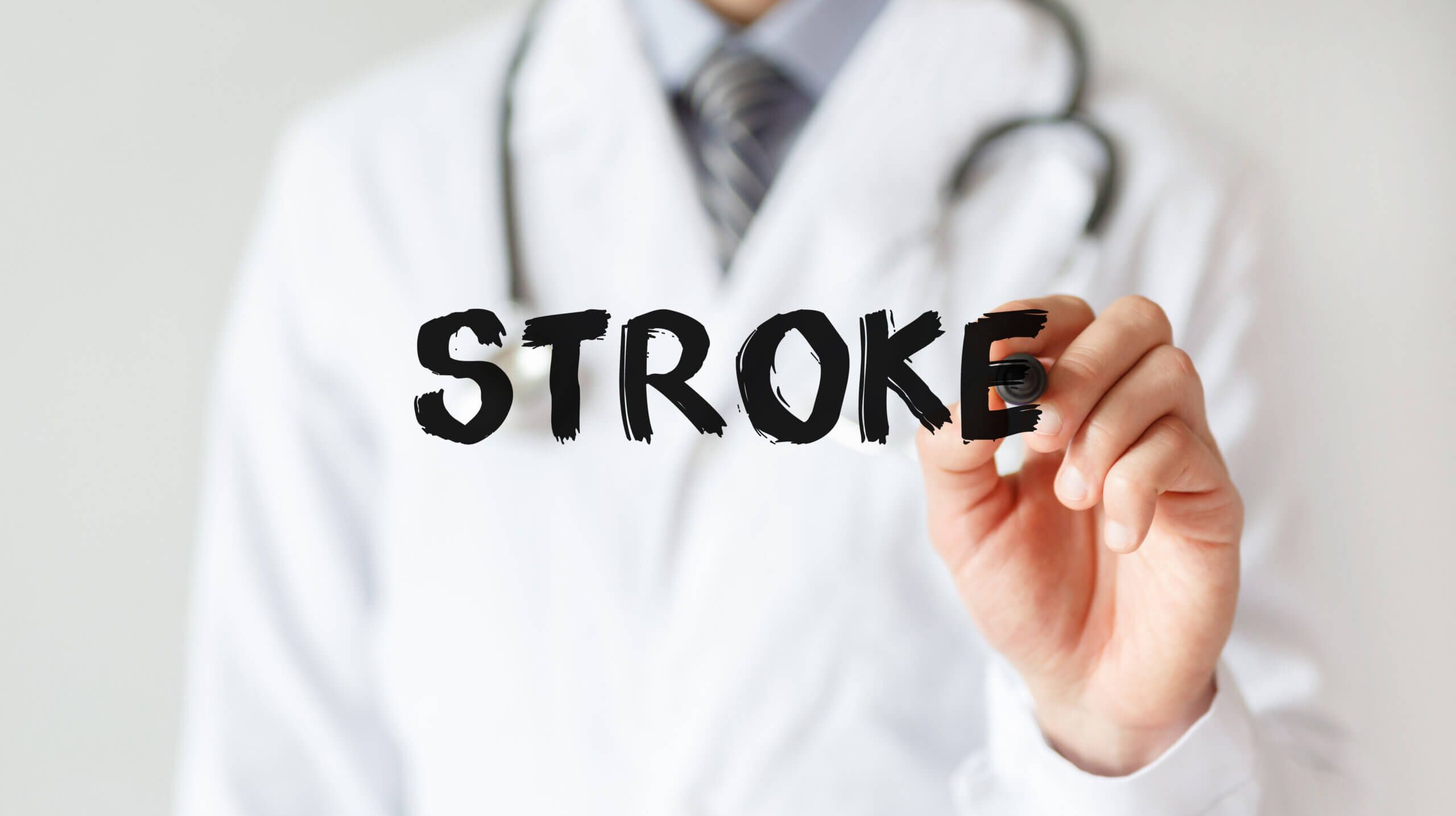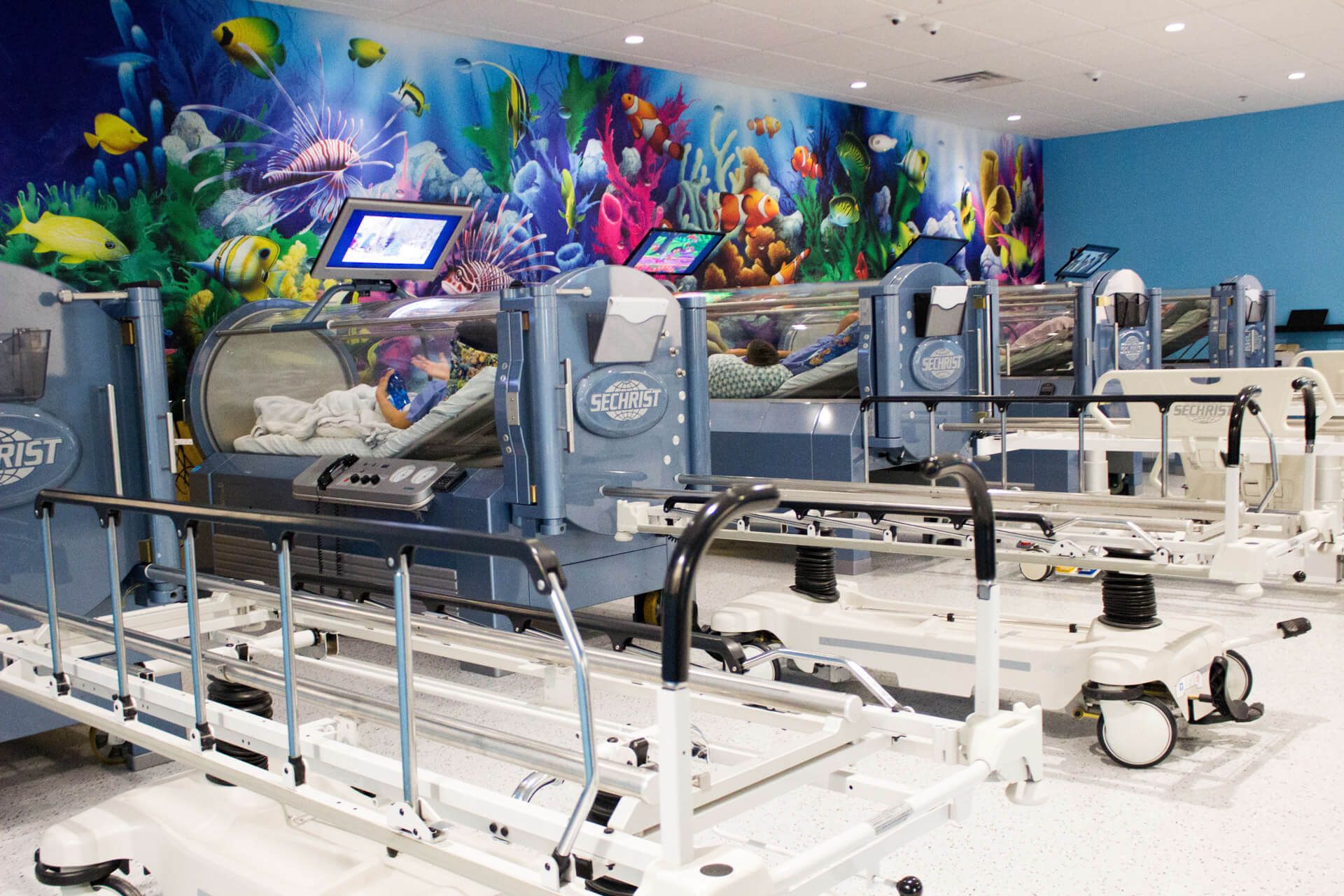How Hyperbaric Oxygen Therapy Can Help Stroke Patients
Having a stroke is often a terrifying and debilitating event in someone’s life that comes with many health complications. Many stroke patients find themselves with severe challenges but little to no options for how to recover from those complications. That’s why The Oxford Center offers hope in combining Hyperbaric Oxygen Therapy and stroke.
What is a Stroke?
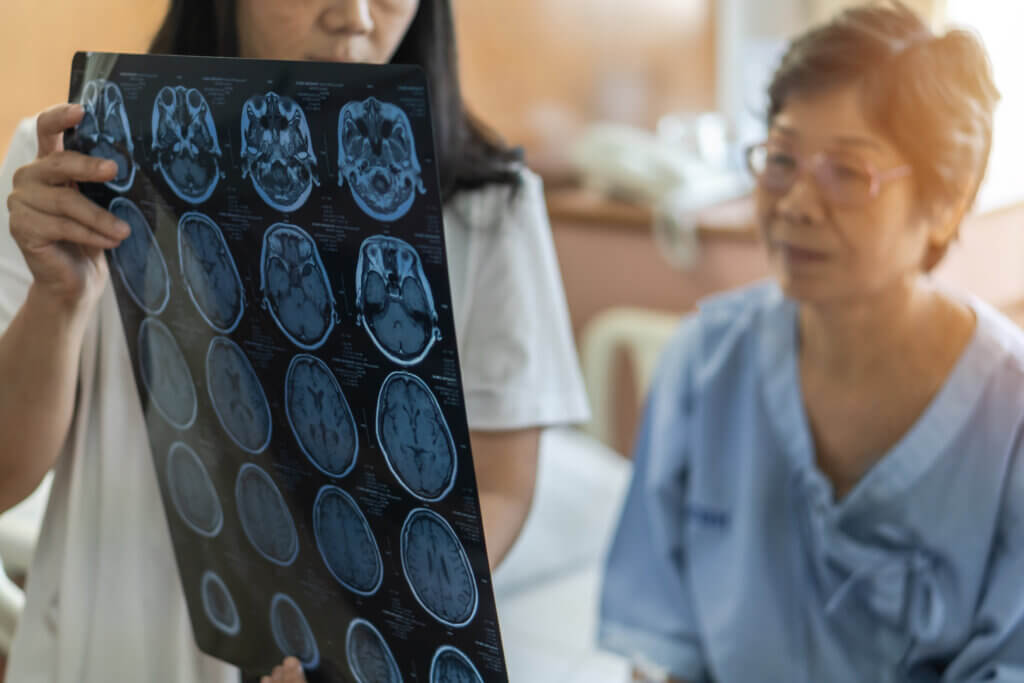
A stroke is a serious medical condition occurring when the blood supply to a part of the brain is interrupted. This may be due to a blood clot (ischemic stroke) or bleeding in the brain (hemorrhagic stroke). Because this interruption of blood flow deprives the affected brain cells of oxygen and nutrients, the affected brain cells can die. Stroke can cause permanent disability or death, depending on the severity and location of the brain damage. For this reason, it is a medical emergency and requires immediate treatment to minimize brain damage and increase the chances of recovery.
Side Effects & Recognizing Signs of a Stroke
The side effects of a stroke can vary depending on the location and severity of the brain damage. Some of the common side effects of a stroke can include paralysis or weakness on one side of the body, trouble speaking or understanding speech, vision problems, loss of balance or coordination, numbness or tingling in the face, arm, or leg, difficulty swallowing, cognitive and memory problems, and emotional changes, such as depression, anxiety, or irritability.
It’s important to recognize the signs of a stroke and seek immediate medical attention if you or someone you know is experiencing them. To help you remember, the most common signs of a stroke follow the acronym “FAST”:
- Face drooping: One side of the face may droop or be numb, so the person may not be able to smile evenly.
- Arm weakness: One arm may be weak or numb, so the person may not be able to raise both arms evenly.
- Speech difficulty: The person may have slurred speech or difficulty speaking or understanding others.
- Time to call for emergency help: With this in mind, if you or someone you know is experiencing any of these signs, call for emergency medical help right away. Time is critical when it comes to treating a stroke and quick medical attention can reduce the risk of permanent brain damage and disability.
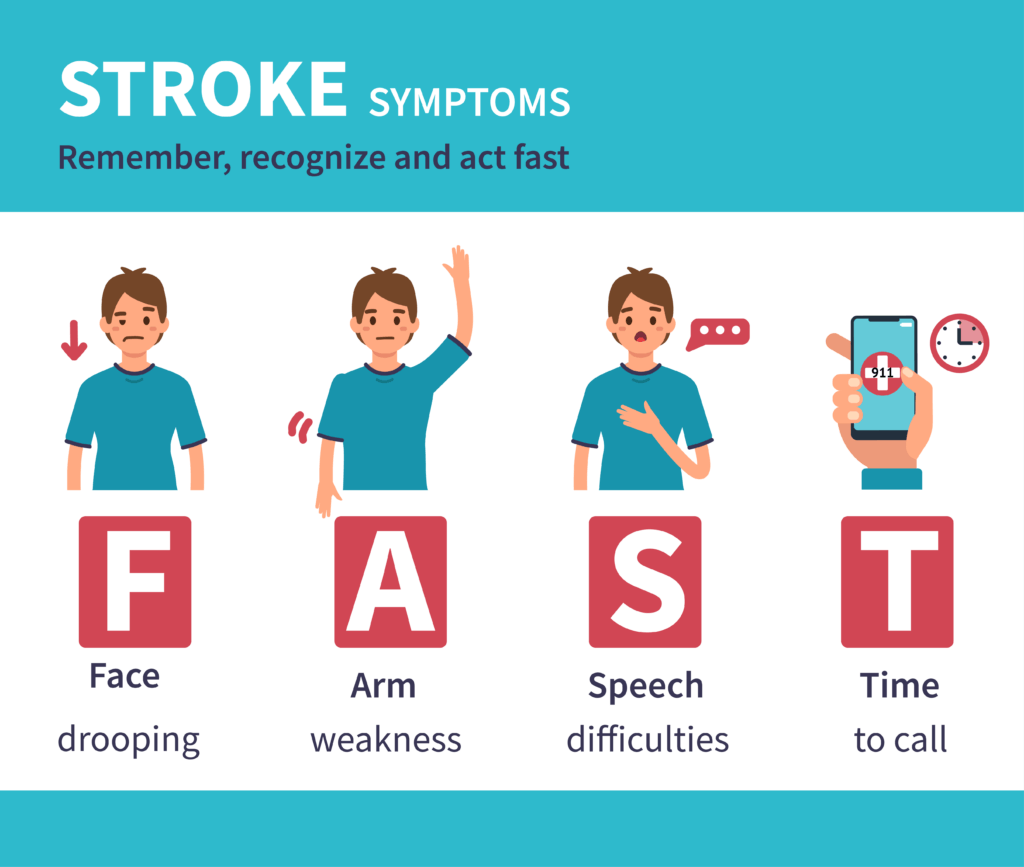
Health Concerns Post-Stroke
There are many potential health concerns that can arise after a stroke. These concerns can vary depending on the severity and location of the stroke, as well as the individual’s overall health and medical history. For example, these health concerns include:
- Physical impairments (weakness or paralysis, balance and coordination issues, changes in sensation)
- Cognitive and emotional changes (memory and concentration difficulties, depression, anxiety)
- Speech and communication difficulties
- Swallowing problems
- Bladder or bowel control issues
Because of these concerns, it is important to monitor and manage your concerns with the help of a healthcare team. Your team may include a neurologist, physical therapist, occupational therapist, speech therapist, psychologist, and other specialists as needed. Prompt recognition and treatment of any new or worsening symptoms is also important, as it can help prevent complications and improve outcomes.
What is Hyperbaric Oxygen Therapy?
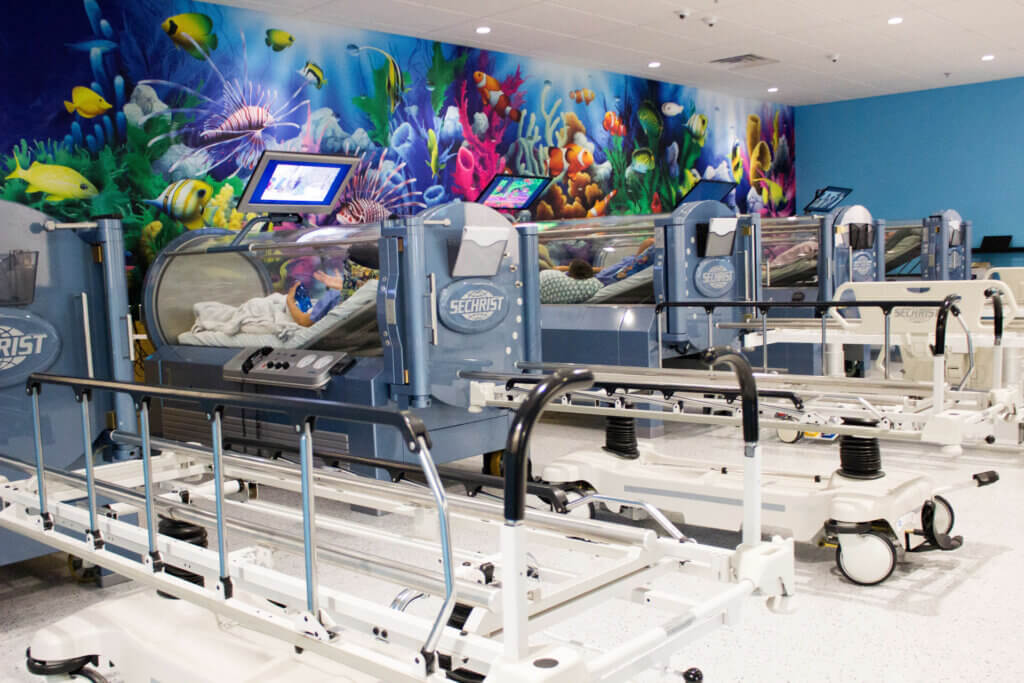
Hyperbaric Oxygen Therapy (HBOT) utilizes 100% medical grade vaporized oxygen under increased atmospheric pressure which increases the amount of oxygen dissolved in the blood and delivered to the tissues. HBOT has been used for decades to treat various conditions, such as decompression sickness, carbon monoxide poisoning, diabetic foot ulcers, and chronic wounds. HBOT decreases inflammation, oxygenates the entire body, stimulates the growth of new healthy blood vessels, and releases stem cells up to 800% more after twenty sessions! In recent years, HBOT has been investigated for its potential benefits in stroke patients, both in the acute and chronic phases.
Hyperbaric Oxygen Therapy & Stroke Research
Hyperbaric Oxygen Therapy offers a promising alternative or complementary option for stroke recovery. Several studies have shown that HBOT can improve neurological and cognitive function, and quality of life in stroke patients by enhancing the brain’s natural healing mechanisms. Research studies have shown a significant improvement in long and short-term memory, processing speed, gait velocity, upper extremity mobility, sleep, and overall recovery with HBOT.
A randomized controlled trial conducted by Boussi-Gross et al. (2017) compared the effects of HBOT versus no HBOT in 60 chronic stroke patients. The results showed that the HBOT group had significant improvements in brain metabolism, brain perfusion, and brain activity, as measured by PET and SPECT. Furthermore, the HBOT group had significant improvements in neurological function, cognitive function, and quality of life, as measured by various clinical scales and questionnaires. The authors concluded that HBOT can induce neuroplasticity and improve the function of chronically damaged brain tissue in stroke patients, even years after the initial event.
Stroke Recovery at The Oxford Center

The Oxford Center understands how important you and your loved one’s health and longevity is. We provide personalized care that is tailored to your specific needs and health through our therapy services including Hyperbaric Oxygen Therapy, Physical Therapy, Intensive Physical Therapy, Occupational Therapy, Speech Therapy, Neurofeedback Therapy, and our Functional Nutrition Therapy practitioner to optimize health and recovery.
If a stroke has left you or a loved one debilitated with a loss of fine motor skills or inability to walk call The Oxford Center. Call us at 248-486-3636 to schedule a FREE consultation with one of our nurses to learn more about our therapies and how they can help you on your journey to recovery after a stroke.
Boussi-Gross, R., Golan, H., Fishlev, G., Bechor, Y., Volkov, O., Bergan, J., Friedman, M., Hoofien, D., Shlamkovitch, N., Ben-Jacob, E., & Efrati, S. (2017). Improvement of memory impairments in poststroke patients by hyperbaric oxygen therapy. Neuropsychology, 31(6), 636–644.
